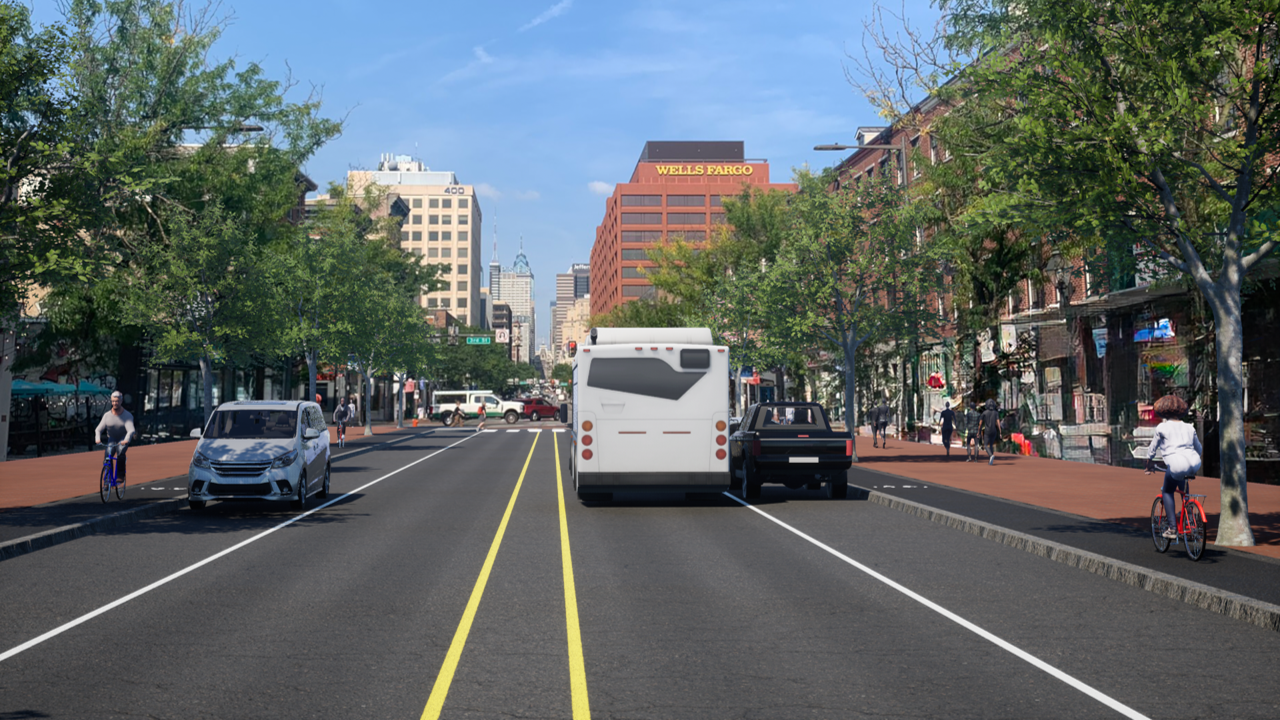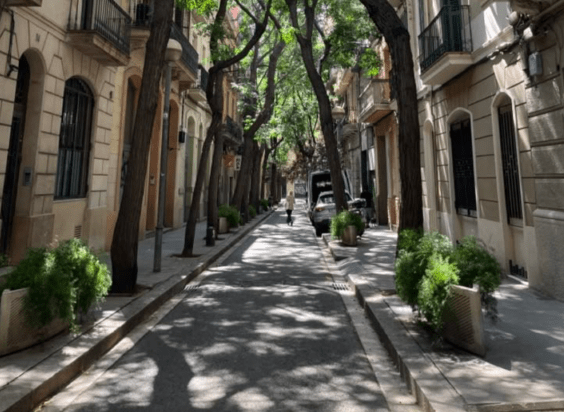Freeway teardowns are no longer as rare as an earthquake during the World Series.
The Congress for the New Urbanism is back with its annual Freeways Without Futures list -- the 10 highways most likely to be history in a few years. This year, the organization is also recognizing five other campaigns to watch, plus a handful of other projects in various stages of study and completion, in places like Akron, Buffalo, and Dallas.
Ranking at the top is New Orleans' I-10/Claiborne Overpass. This elevated highway nearly destroyed the Treme neighborhood, one of the country's first free black communities, when it was constructed in the 1960s. After the structure was damaged by Hurricane Katrina in 2005, planners started to reconsider its future, resulting in the first calls for a teardown. More recently, U.S. DOT awarded the city $2 million to study the road's future, including the option of replacing the elevated structure with an at-grade boulevard.
CNU also singles out Syracuse's I-81. The political momentum to remove this 1960s-era eyesore, especially a 1.4-mile section that extends into downtown, has been building for years. Syracuse Mayor Stephanie Minor supports it, and even New York State DOT Commissioner Joan McDonald has expressed her personal opinion that "it would be great for the community to bring it down," CNU reports. A teardown is one of six options currently being formally considered by the state DOT.
Toronto's Gardiner Expressway is one of those extra regrettable waterfront urban freeways, separating Toronto residents from Lake Ontario. A teardown is a favorite cause of nearby residents, and in 1999 they succeeded in getting a portion of it leveled and replaced with a park. The city is currently studying its options for the remaining 2.4 kilometers.

The campaign to remove portions of Rochester's Inner Loop -- a depressed urban freeway that encircles the central city -- got a big boost last year, when it was awarded an $18 million TIGER grant. The city is chipping in another $24 million to bring the eastern section of the road up to grade and turn it into a regular boulevard that links urban neighborhoods.
It seems like every city in upstate New York has a freeway it wants to tear down. Buffalo is no exception, and its Route 5/Skyway has a real shot at being consigned to the dustbin of history, CNU says. This is another highway that blights the waterfront. It's also in bad physical condition and will require $50 million in repairs over the next few decades. Last year, New York State DOT conducted a "plausibility review" of the teardown proposal, and public officials are still awaiting the results.
St. Louis's I-70 is a depressed freeway that isolates the city's downtown from its iconic Gateway Arch. The park that houses that landmark will soon undergo a major renovation, and local advocates have seized the opportunity to present a vision for removing the barrier of I-70. Despite a good deal of political and community backing, however, pro-teardown group City-to-River has had trouble securing support for a full study of the proposal.

Already a highway teardown pioneer, San Francisco is considering building on its success with the Embarcadero Freeway removal. This time the target is the I-280 freeway stub. Converting the elevated road to a boulevard would produce significantly higher land values in the surrounding area -- $228 million versus $148 million -- than rebuilding the road as a highway, a city study found.

I-375 in Detroit is another stub of a freeway that did some real damage, displacing black residents and jutting into the downtown area, severing ties to the riverfront, the Eastern Market, Greektown, and the stadium districts. In light of the city's declining population and financial problems, calls to tear the highway down have been gaining strength. Local nonprofits are currently leading a study of what could be done with the highway, including replacing it with an at-grade, pedestrian-friendly street.

Advocates for removing Long Beach's Terminal Island Freeway recently won a Caltrans grant to develop a vision for transforming the road into an "88-acre greenbelt." The proposal could open up 20 to 30 acres of much-needed park space for West Long Beach, according to CNU.
The three-quarter-mile Aetna Viaduct in Hartford is one of the most trafficked highways in the state, carrying about 175,000 vehicles per day. But when the time came to repair it in 2005, civic leaders balked. The city is currently studying its options. Among those who have supported the tear down idea are Mayor Eddie Perez and officials from the Connecticut Department of Transportation.
That's just the beginning, too. CNU lists additional teardown candidates in Dallas, New York City, Pasadena, and other cities. Not to mention places like Cleveland and New Haven -- where funds to remove highways have already been secured. As highway removal becomes more widespread, it will be interesting to see if states and the federal government establish programs to fund it, as they did highway construction.











